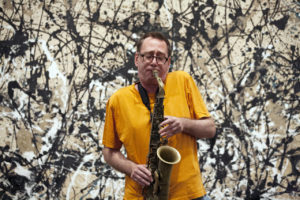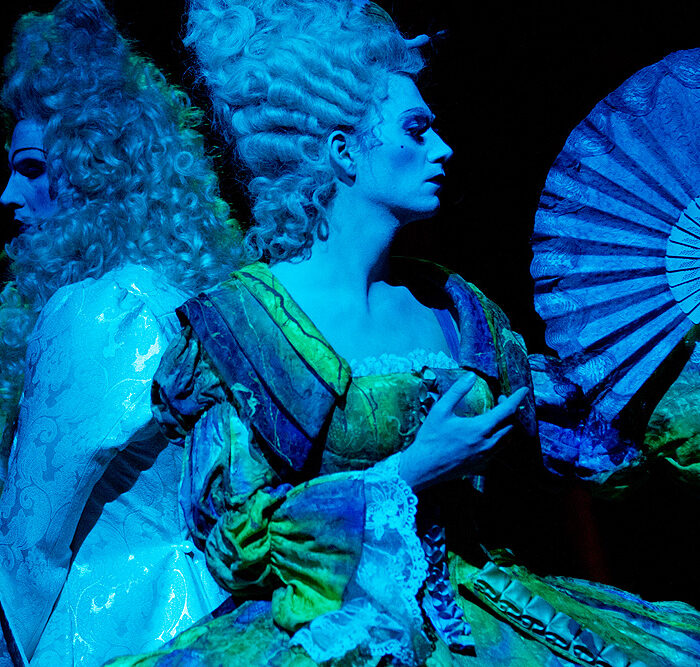
Opera Profile: John Zorn’s ‘Rituals’
By John Vandevert(Credit: ALAN NAHIGIAN)
“Rituals” is a five-act monodrama for mezzo-soprano and 10 instrumentalists composed by American composer John Zorn.
The History
The opera received its first performance at the 1988 Bayreuth Opera Festival, of which Wagner’s Parsifal (conducted by the late James Levine) opened the festival’s activities and where the late German opera director Harry Kupfer premiered a controversial-yet-innovative reimagining of the “Ring Cycle.” It is known that on the work’s premiere audiences were split in their view, many celebrating the work over its novel and experimental nature, while others were vehemently opposed to the work’s a-traditional form. In 2005, the work was reworked into an album and released by Tzadik Records, featuring Heather Gardner as the singer.
The Structure
The opera consists of five movements, and does not feature a libretto or sung text like conventional operatic works. Rather, the mezzo-soprano is given notes and various articulations and dynamics to express, with no indication of the vowel sound she should use. There is also no story or narrative to the opera, the singer and instrumentalists only given notes and left to create their own dramatic arc.
The score’s program notes explain that the work is dedicated towards “exploring the drama of ritual” through the usage of lighting, costuming, set design, props, and other dramaturgical elements. The singer is also not obligated to be on-stage, and if they are on-stage activities can be done, “e.g. water, digging, bullroarers etc.”
It is also optional as to if the piece should be staged, the program notes indicating that if a concert piece, the lighting should be as dramatic as possible, preferably candle light, with smoke rising from behind the stage with “images of esoteric symbols or texts in mystical languages” projected onto a screen behind the smoke.
The work’s texture consists of continuously changing time-signatures and exploratory, and technically challenging, instrumental lines which are specifically marked with articulations, dynamics, and directions, while the vocalist is given an equally as exploratory musical part which frequently jumps octave(s), and demands the singer be technically proficient and able to confidently express emotions through non-text vocalizations.
From the Composer*
John Zorn noted that the work had begun from an idea of artistic emancipation from regulation, and the sovereignty of creative expression itself, “My idea was that leaving it open would be an exciting inspiration for a creative theater designer who could listen to the music and take it to some interesting imaginative places visually.”
However, due to the difficulty that artistic freedom poses on practical theater, his idea had become a challenge to actually realize, “Unfortunately what I came to realize was that a paradigm of that kind of creativity and openness is not so conducive to the operatic world.” He had intended on working with the singer but this turned out to be unfeasible given time constraints, “My hope was to work with the vocalist quite closely but they really didn’t give enough rehearsal time to make such a thing possible. Those kinds of open minded experiments are really more possible within an artistic community.”
*Statements ascribed to John Zorn were gained through email correspondence

- Movement 5, pg. 45
Categories
Opera Wiki

